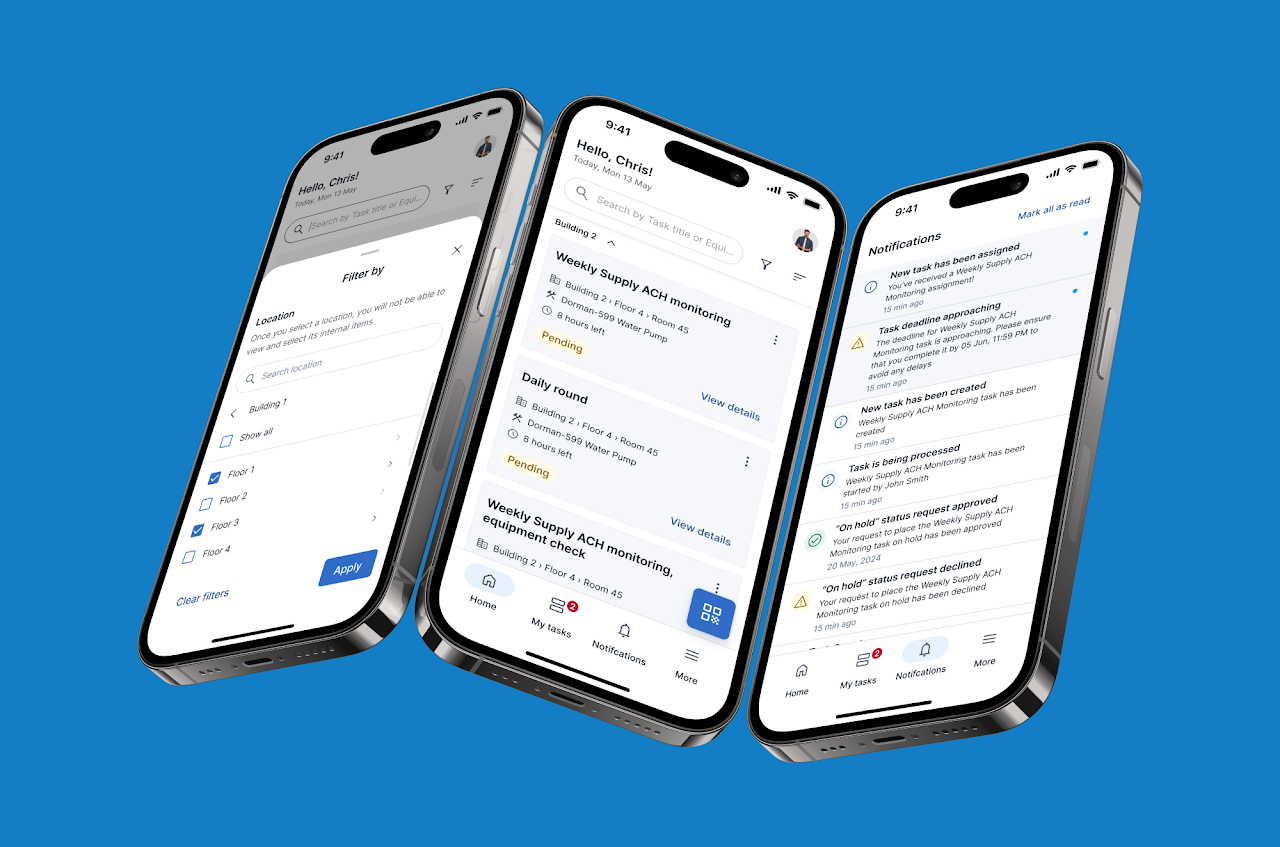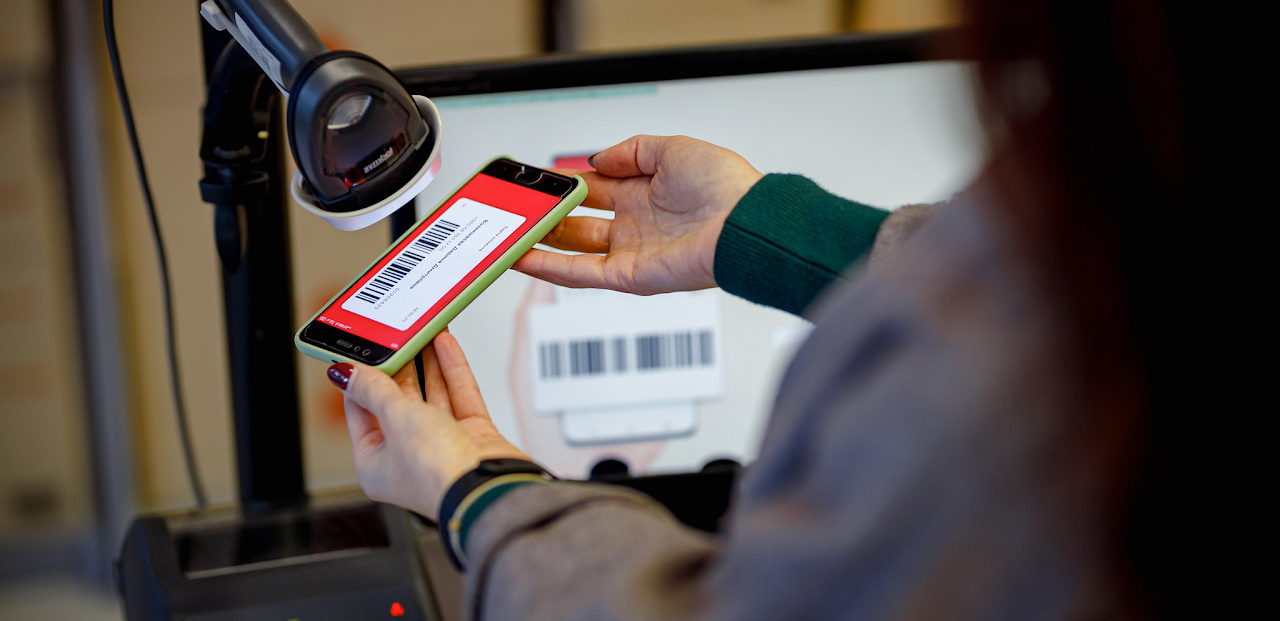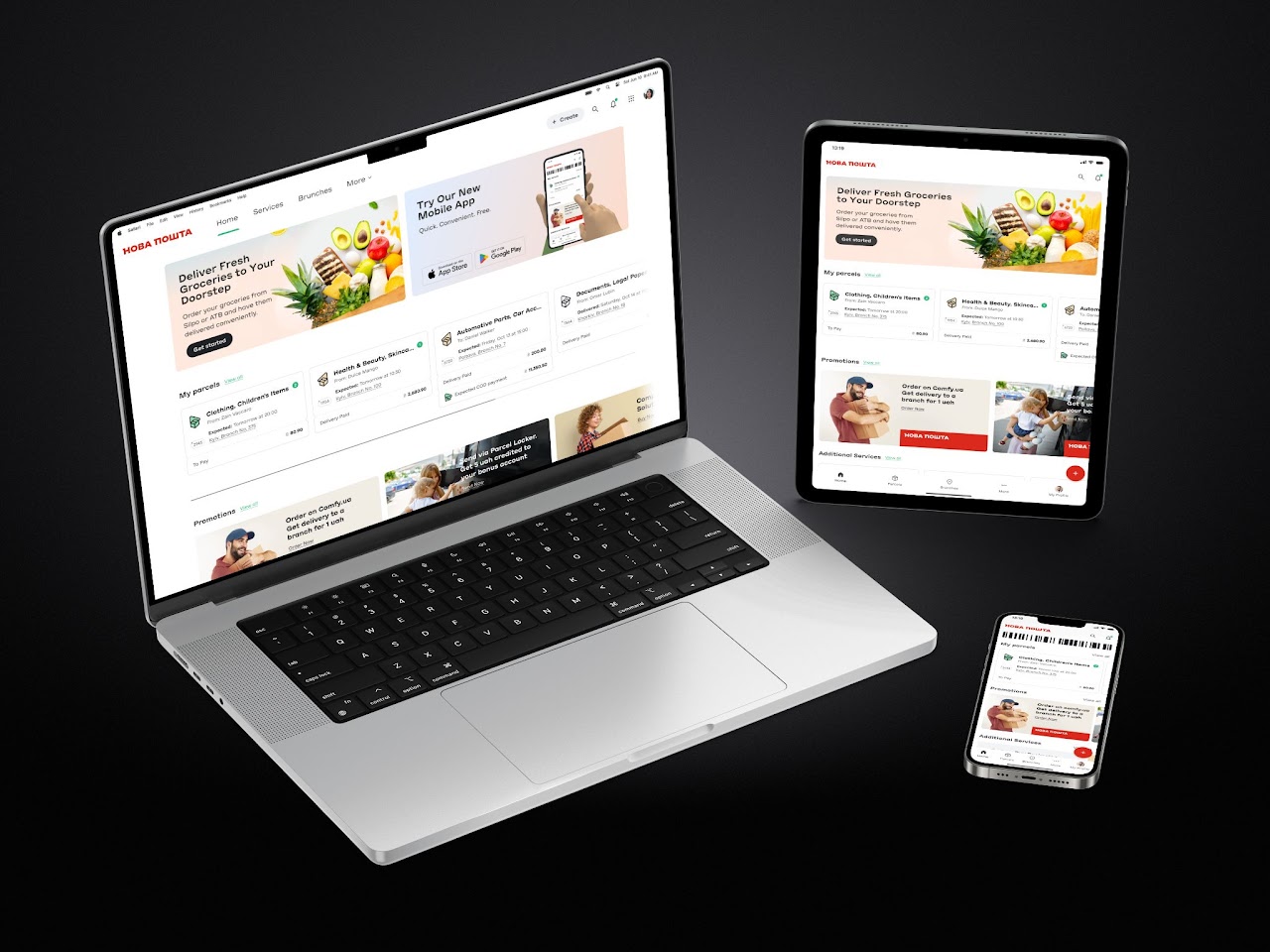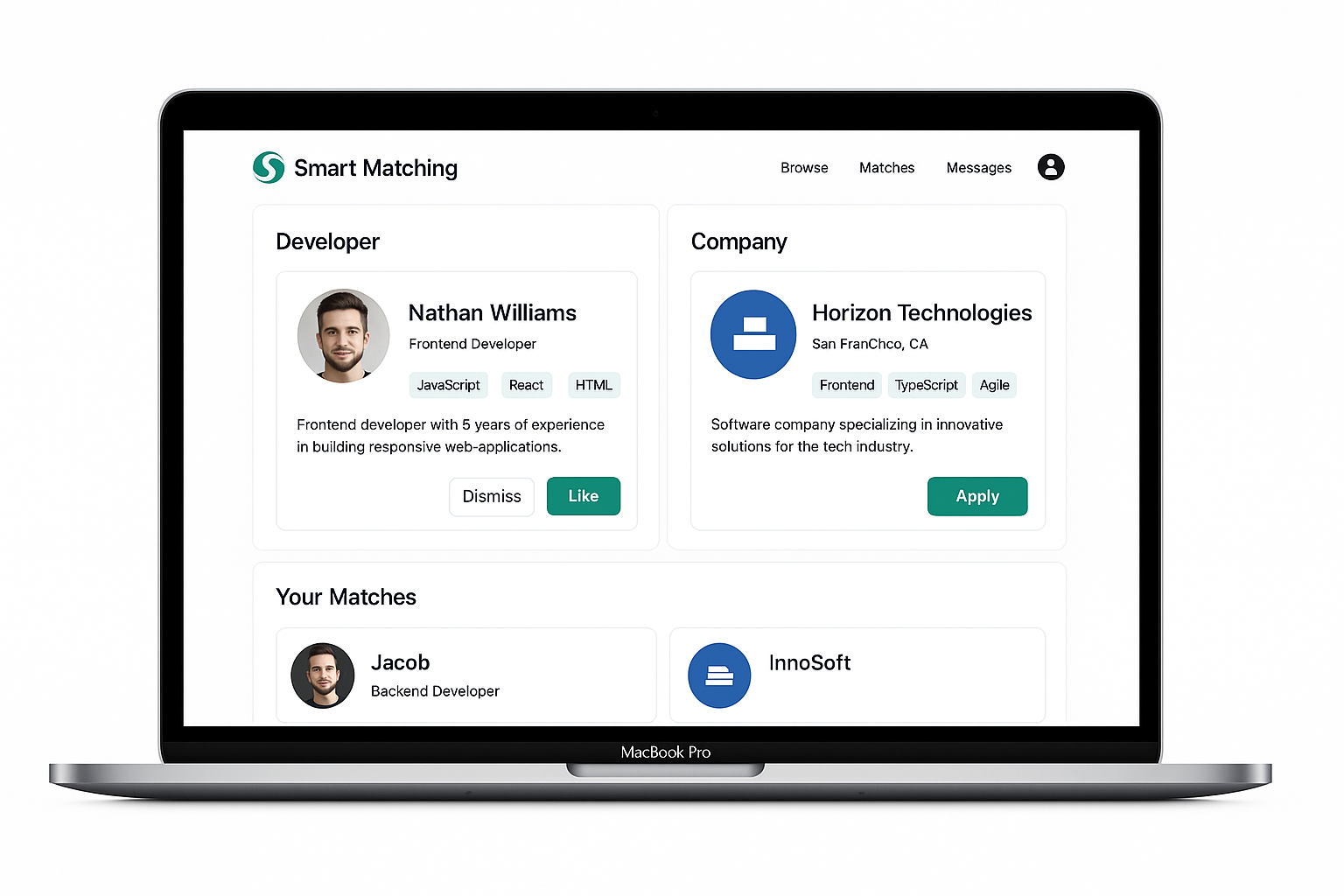The table of content
Introduction
Retail banking has always been a balancing act between growth and risk. On one hand, banks strive to deepen relationships with existing clients, increasing revenue through cross-selling products such as credit cards, savings plans, or cash loans. On the other hand, every additional offer carries costs: the cost of marketing, the cost of extending credit, and the potential cost of defaults.
Among these products, cash loans are particularly tricky. They can be highly profitable if extended to the right customer, but they also carry a high risk of default. A mistargeted campaign not only eats into profits but can also damage the customer relationship. Imagine receiving repeated loan offers when you either don’t qualify or have no interest—it feels impersonal and erodes trust.
This case explores how combining risk assessment models with acceptance prediction models allowed a retail bank to dramatically improve the efficiency of its cross-sell campaigns. The result: fewer wasted offers, more accurate targeting, and a healthier balance sheet.
The Challenge: Too Many Offers, Too Little Precision
Banks once relied on a simple tactic: send loan offers to as many people as possible and wait for a few to say yes. In the past, this broad approach seemed efficient, but in today’s world of data-driven personalization it looks clumsy and outdated. Customers expect offers that make sense for their situation, and when banks ignore that expectation, both money and trust are lost.
The first problem is that many of these offers go to people who simply don’t qualify. Poor credit histories, unstable income, or other warning signs mean the bank would reject them anyway—or worse, mistakenly approve them and face a higher chance of default. Every misstep adds costs and risk. The second issue is timing and interest. Even creditworthy customers may have no desire for a loan at a particular moment. For them, repeated offers feel irrelevant or even irritating, creating the impression that the bank doesn’t understand their needs.
Put together, these two blind spots lead to disappointing results. Campaign efficiency can sink below 5–10 percent, default rates rise, and marketing budgets balloon without producing proportional returns. In practical terms, it’s like casting a net blindly into the ocean: most of the time you come up empty, and when you do catch something, it’s rarely what you wanted. Without sharper targeting, banks end up working harder while gaining less.
The Solution: Two Models, One Smarter Strategy
The bank in focus implemented a two-step optimization approach that acted as a double filter:
Step 1: Credit Risk Assessment
The first filter was a credit risk model. Each customer was scored on their likelihood of default based on historical repayment data, income stability, transaction behavior, and other credit bureau information.
Only those meeting the bank’s predefined risk criteria were considered eligible. This meant the campaign no longer wasted effort on customers who would be rejected later or who posed a high probability of non-repayment.
In practice, this step is similar to a nightclub bouncer checking IDs before letting people inside—only those who fit the entry requirements are even considered.
Step 2: Acceptance Prediction
Once the pool was narrowed to creditworthy individuals, a second filter was applied: the acceptance prediction model. This model estimated how likely a customer was to perceive the offer as relevant and act on it.
It considered variables such as:
- Past responses to marketing offers.
- Current financial behavior (e.g., overdraft usage, spending spikes).
- Demographic factors like age and life stage.
- Engagement with digital channels.
This step helped exclude customers who, although eligible, were highly unlikely to accept the offer.
By combining the two models, the bank created a “sweet spot” audience: customers who were both safe bets and genuinely interested.
Business Impact: From Broad Casting to Precision Striking
The results of this dual-model approach were striking.
- Efficiency gains: Marketing resources were no longer wasted on high-risk or uninterested customers. Each dollar spent reached a more qualified lead.
- Reduced rejections: By pre-screening risk, fewer offers were denied at later stages, improving the customer experience.
- Lower default rates: Since riskier clients were excluded upfront, the likelihood of unpaid loans decreased.
- Smarter customer interactions: Clients received more relevant offers, strengthening trust in the bank’s ability to “know” them.
Perhaps the most impressive figure was the accuracy of the acceptance prediction model. With a Gini coefficient of 76.38, the model demonstrated strong predictive power. (For context: in predictive analytics, a Gini above 70% is considered very strong, indicating that the model can effectively separate likely accepters from non-accepters.)
In other words, the bank wasn’t just making safer decisions—it was making smarter ones.
Comparing Old vs. New Approaches
To understand the leap, let’s compare:
- Old model (mass marketing): Send loan offers to 100,000 customers. Suppose 60,000 are ineligible, 30,000 are uninterested, and only 10,000 are both eligible and interested. Result: 90% of the budget wasted.
- New model (dual-filter): Use risk scoring to exclude the 60,000 ineligible customers, then apply acceptance prediction to remove 25,000 uninterested ones. Now, 15,000 offers go out to people highly likely to accept. Result: efficiency up by 5–10x, costs down dramatically.
This shift is similar to moving from billboard advertising (seen by everyone, relevant to few) to personalized digital marketing (targeted to the right segment at the right time).
Wider Lessons for the Banking Industry
This case isn’t just about one bank’s campaign—it highlights broader shifts in how financial institutions must operate in the data-driven age.
- Predictive analytics is no longer optional. Banks sit on enormous amounts of customer data, but without advanced models, that data becomes an untapped asset. Competitors using predictive tools will simply outpace those relying on intuition or blanket campaigns.
- Customer trust hinges on relevance. Modern consumers expect personalization. When banks send irrelevant offers, customers perceive them as careless or even exploitative. Smarter targeting not only improves ROI but also builds trust.
- Risk and marketing must align. Historically, credit risk teams and marketing teams worked in silos. Risk focused on avoiding defaults, while marketing focused on maximizing reach. This case shows the power of integrating both perspectives: growth and safety can work hand in hand.
- Technology as an enabler. Machine learning models, when designed ethically and responsibly, allow banks to refine decisions at scale—something human teams cannot achieve alone.
Future Outlook: What Comes Next
Looking forward, predictive analytics in banking will likely evolve in three main directions, reshaping how banks interact with customers and manage risk.
Real-time decisioning. Instead of running quarterly or monthly campaigns, banks are moving toward instant, data-driven actions. Imagine a customer’s account showing an unusual expense spike or a sudden dip in balance—within seconds, the bank could suggest a short-term loan, an overdraft extension, or even a personalized savings tip. This approach turns banking into something proactive rather than reactive, helping customers at the exact moment they need it most.
Multichannel integration. Predictive models are also becoming more sophisticated in determining not only who is interested but where and how to reach them. A younger customer may be most responsive to a push notification in their banking app, while another might engage better with an email or even a conversation at a local branch. Matching the right offer to the right channel reduces noise, improves response rates, and makes the interaction feel natural rather than forced.
Ethical personalization. As data privacy regulations tighten and customer awareness grows, personalization can no longer operate like a “black box.” Banks will need to make sure their predictive models are transparent, explainable, and respectful of customer consent. This means being clear about why a particular offer is made, avoiding hidden biases in algorithms, and allowing customers to control how their data is used. Done well, this can deepen trust and loyalty; done poorly, it risks fines, reputational harm, and customer churn.
Taken together, these trends point toward a future where personalization and responsibility will be the ultimate competitive advantage. Banks that can deliver timely and relevant offers, communicate through the right channels, and do so in a transparent and responsible way will stand out. Those that fail to adapt may find themselves left behind in a marketplace where customers value not just financial products but the quality of the relationship itself.
Conclusion
Cross-selling in retail banking is no longer about volume—it’s about precision. By first filtering out high-risk clients through credit scoring and then applying acceptance prediction models, banks can reach the right people at the right time with the right product.
The case described here illustrates a powerful truth: predictive analytics transforms marketing from a guessing game into a strategic advantage. With stronger targeting, banks reduce waste, lower risk, and improve the customer experience.
In a world where every interaction matters, smarter cross-selling isn’t just a tactic—it’s a necessity for sustainable growth.

















.avif)






































.png)
.png)
